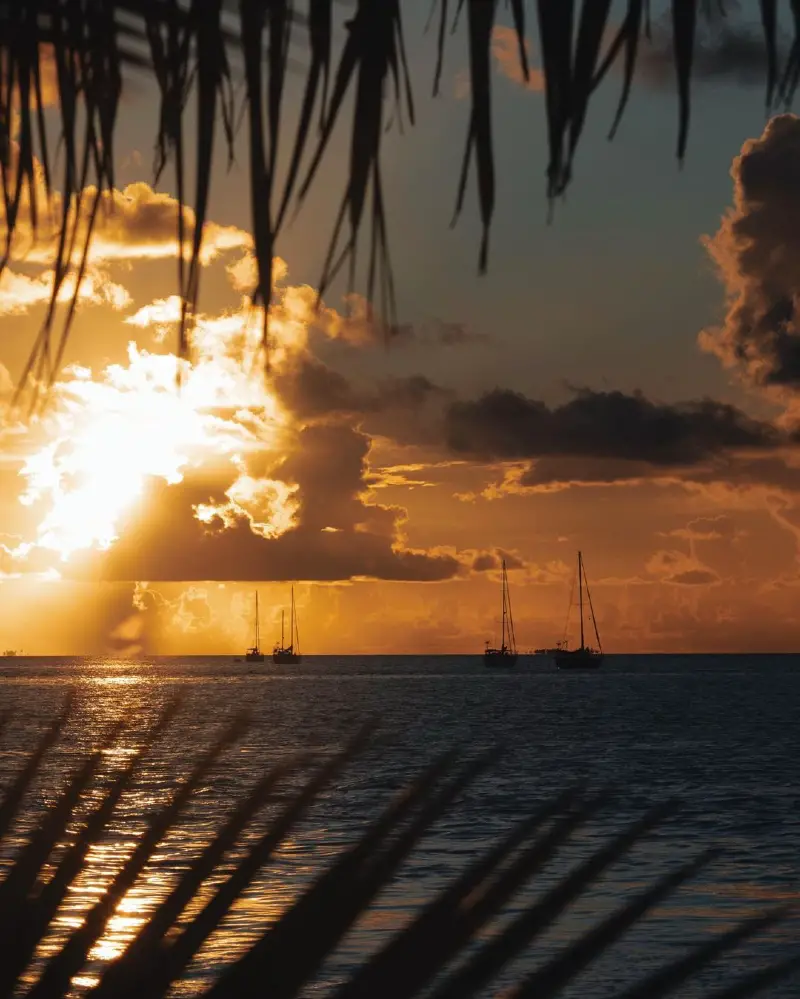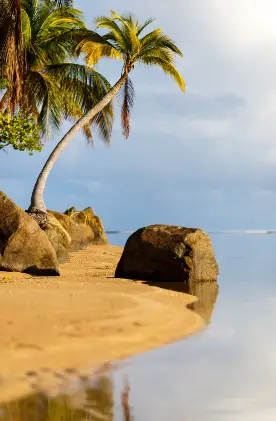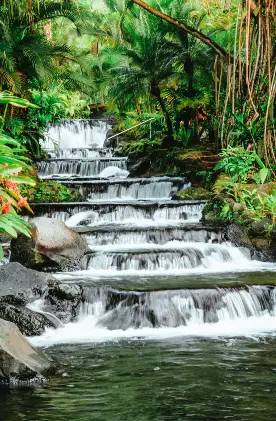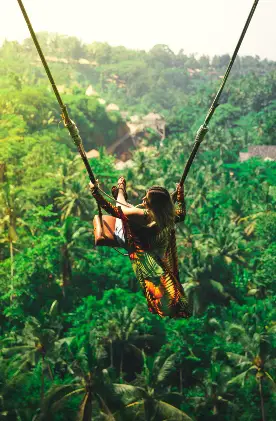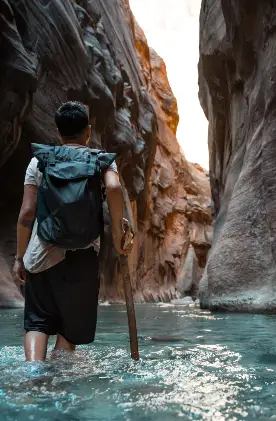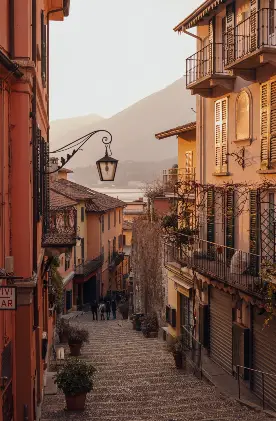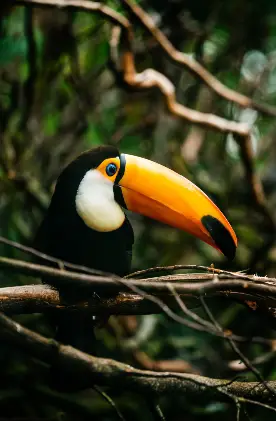Hey guys! Thanks for stopping by my article on the Tuamotu Islands and hearing about my story with Voyages of Agape. My name is Joshua and I’m a passionate sailor and proud husband to Rachel. We met in our hometown of Ventura, California. Both Rachel and I hungered for adventure, although her focus was underwater and mine was in the surf.
When we got together, our dreams merged. After countless trips together we hatched the idea of cruising the world by boat. What better way to combine our passions and take a sustainable adventure! We bought our floating home, Agape, in Mexico in 2014. We sailed her up the Baja peninsula to Ventura to work on and got acquainted with our new home.
In 2016, we cast off from the familiar and set a course to the warmer waters of the south. We spent our first year in Mexico, honing our sailing skills and getting used to this new lifestyle. Then we ventured to the more remote Central American coastline and ended our second year in Panama.
We took a month-long pit stop in the Galapagos Islands during our Pacific crossing before making landfall at the Gambier Islands after 27 days at sea. Since then, we have spent the last two years exploring French Polynesia’s archipelago with no intention of stopping our voyage anytime soon.
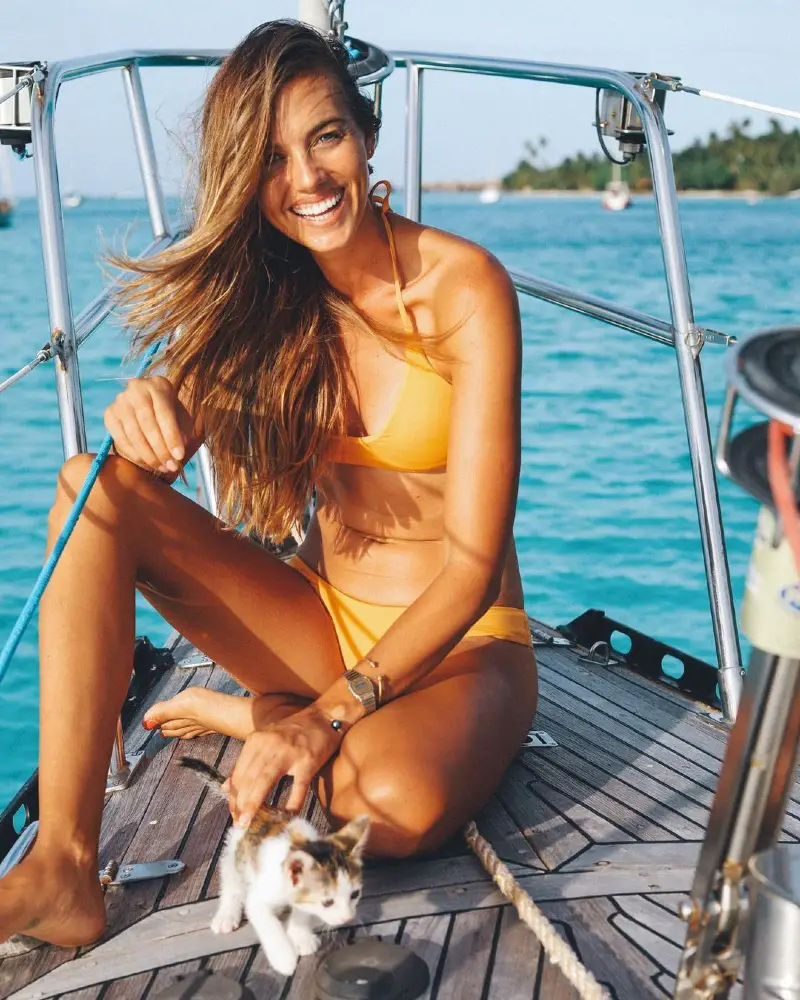
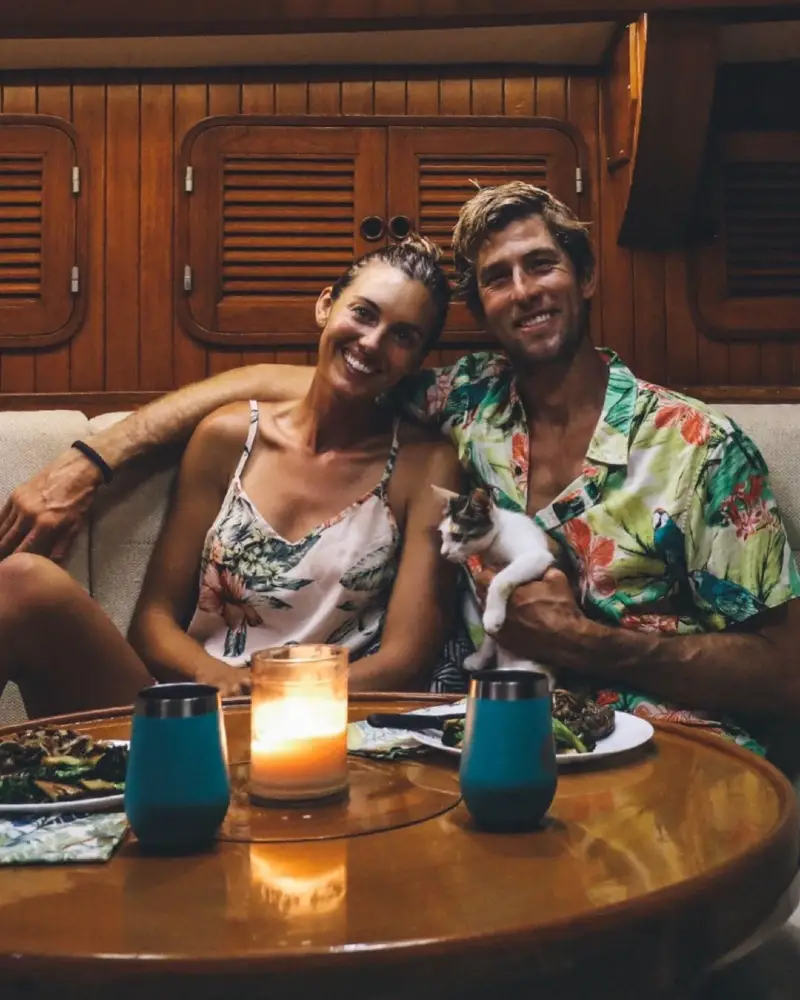
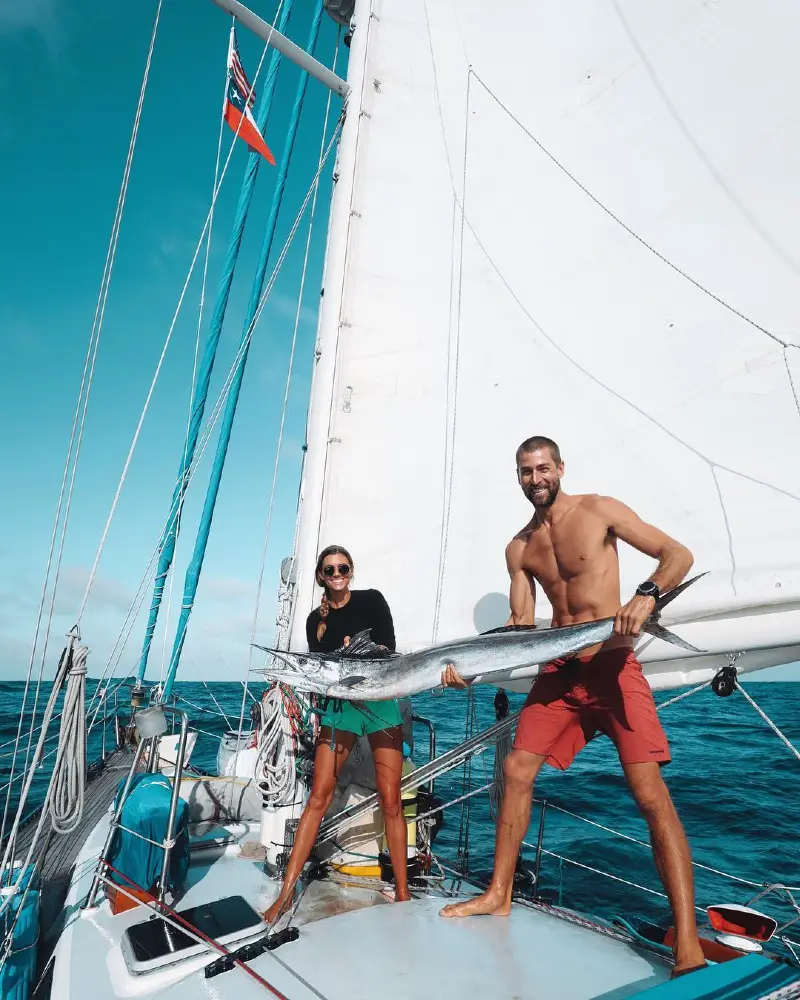
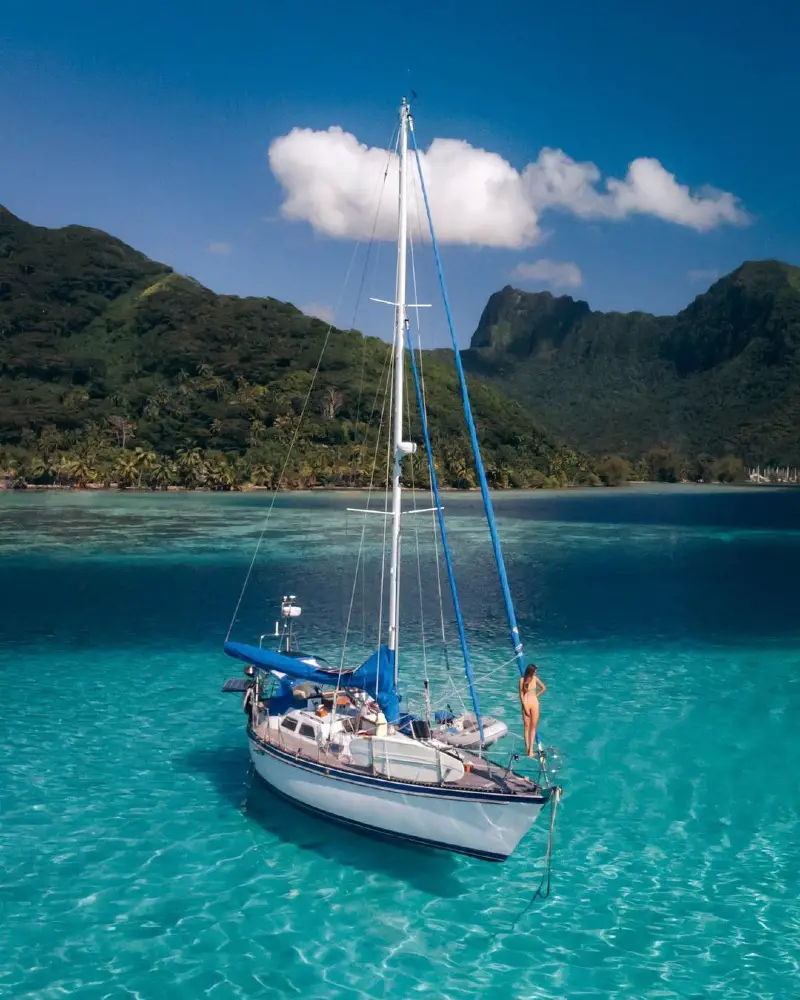
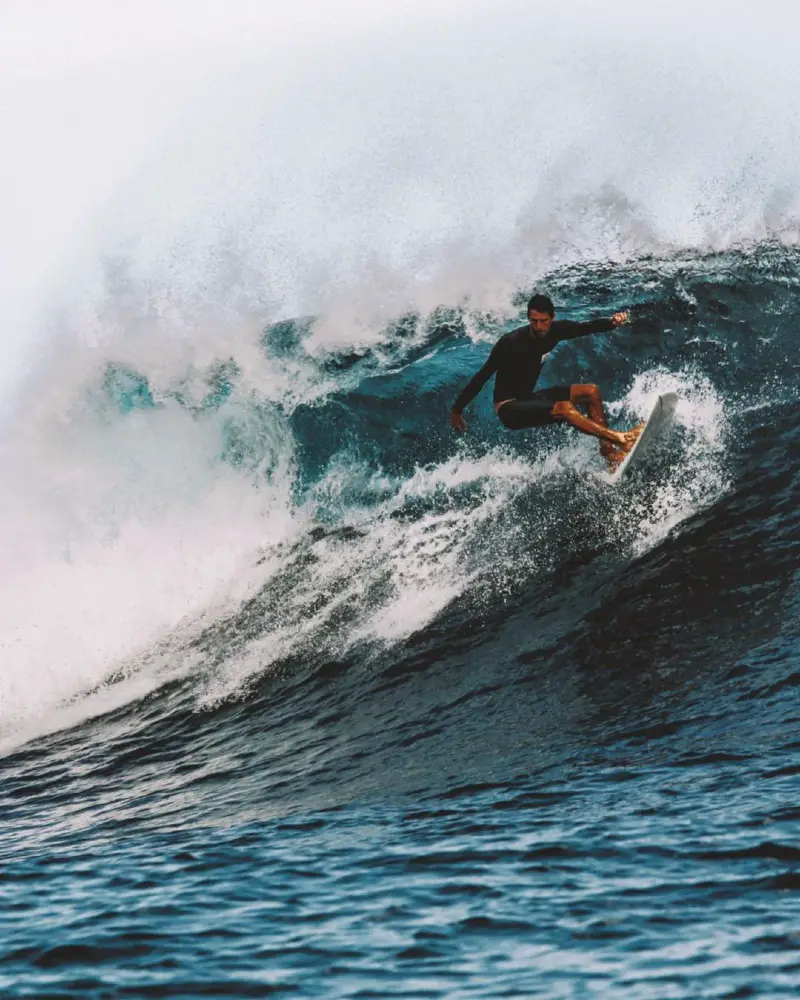
Over 76 Islands and Atolls of the Tuamotu Archipelago
The Tuamotu Islands in French Polynesia are what postcards are made of! When I first dreamt of cruising, it wasn’t necessarily the sailing that filled my thoughts, but rather it was the islands and atolls we would be stopping at that held my dreams. And for Rachel, she grew up diving and her ultimate dream and goal was to visit these islands and scuba dive them.
Over 76 islands and atolls make up the Tuamotu Archipelago. The crystal clear turquoise waters of the lagoons are protected by fringing reefs made up of smaller islands or motus and abundant coral reefs. Coconut palm trees reach out over the water and up to the sky providing endless photo opportunities. However, the real magic lies below the surface of the water.
The lagoons are filled with beautiful corals and a magnitude of brightly colored reef fish swimming around. For us, it’s the underwater world of the Tuamotu Islands which makes this destination so incredible and unique.
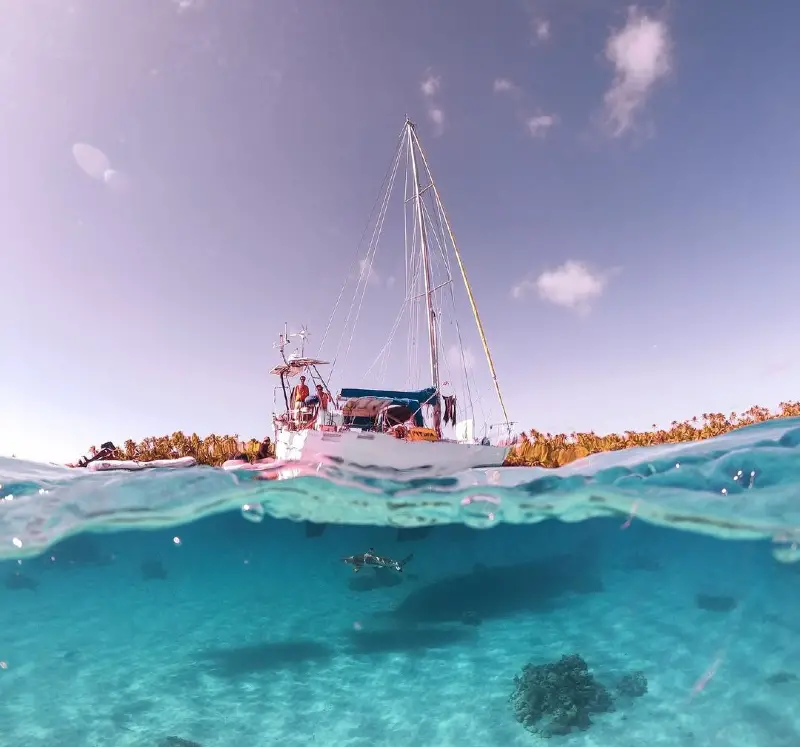
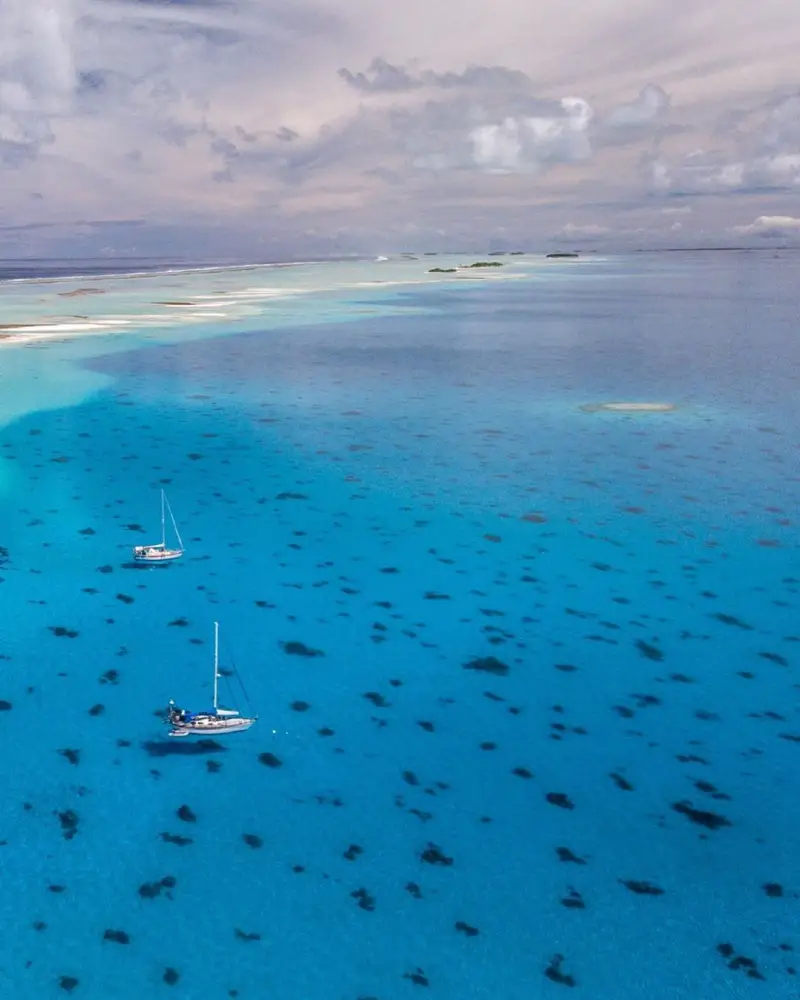
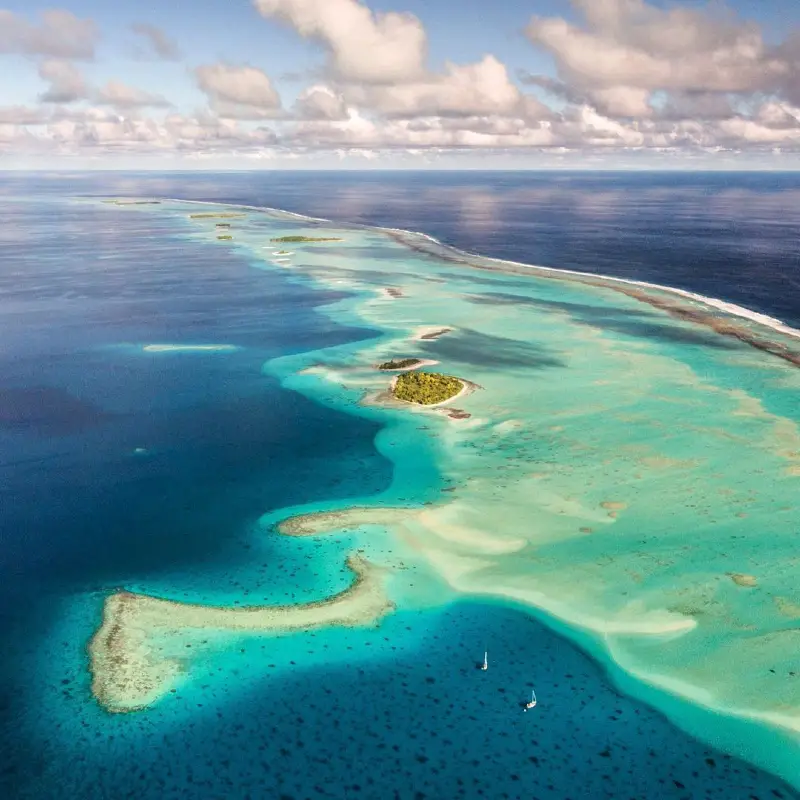
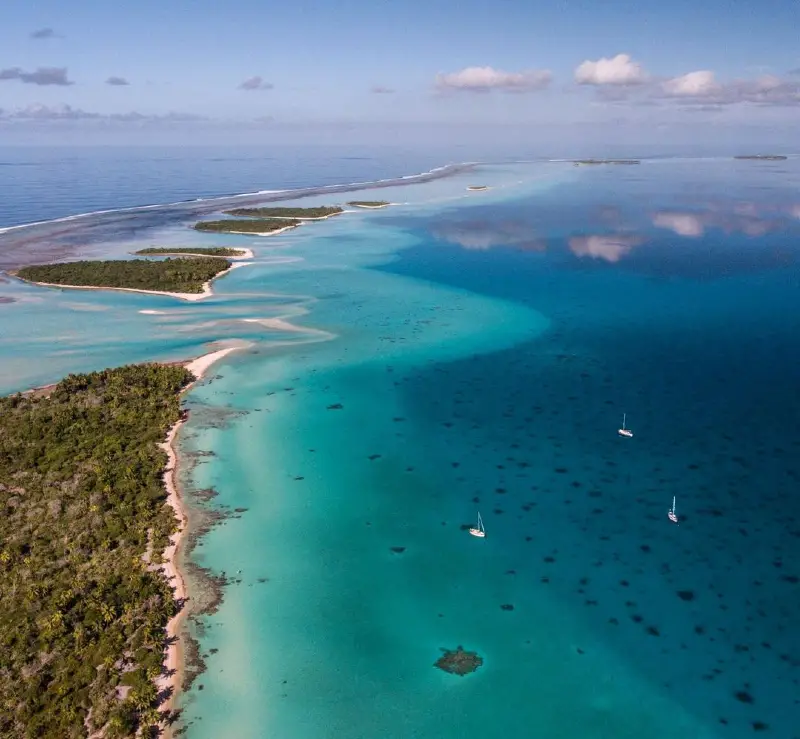
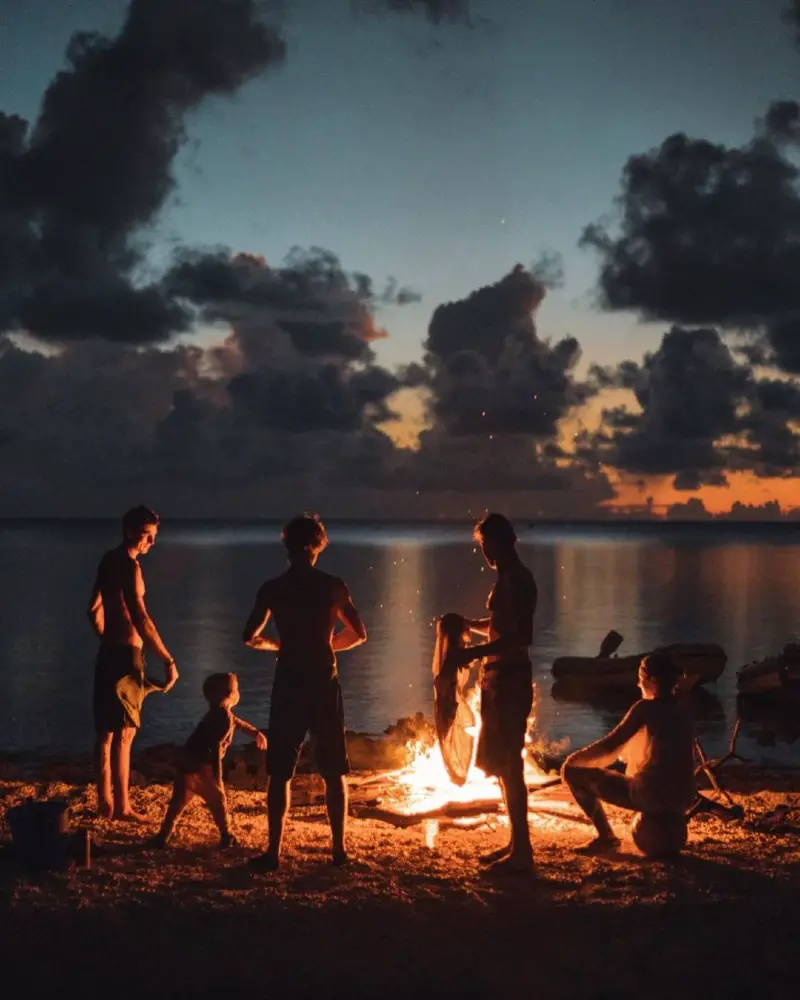
Best Things To Do at the Tuamotu Islands
We don’t have a favorite island to recommend, as each one offers unique experiences and has different advantages. However, we do tend to prefer the less inhabited atolls to the Southwest. Fakarava has probably been where we have spent the most time. Scuba diving the shark-filled southern pass of Fakarava is not for the faint hearted but shouldn’t be missed! It’s a top contender for my favorite dive site in the world.
As the Tuamotu Islands are all about the ocean (surrounding and filling them), almost all the activities here are based around the sea. Scuba diving the northern pass at Rangiroa Atoll is another must-do and will be a highlight of any trip. Add to that kiteboarding, spearfishing and fishing excursions, and you could easily have a week of fun in the sun slip right by.
One of the things that makes French Polynesia so special are the pearls produced here. The rich luster of the lagoon farmed pearls has put the Tahitian pearl on the map. While the Gambier Islands are no doubt the epicenter of the industry here, there are still many farms in the Tuamotus that offer tours and explain the process of bringing this treasure from the sea to your neck. I recommend going on a pearl tour of the Tuamotus.
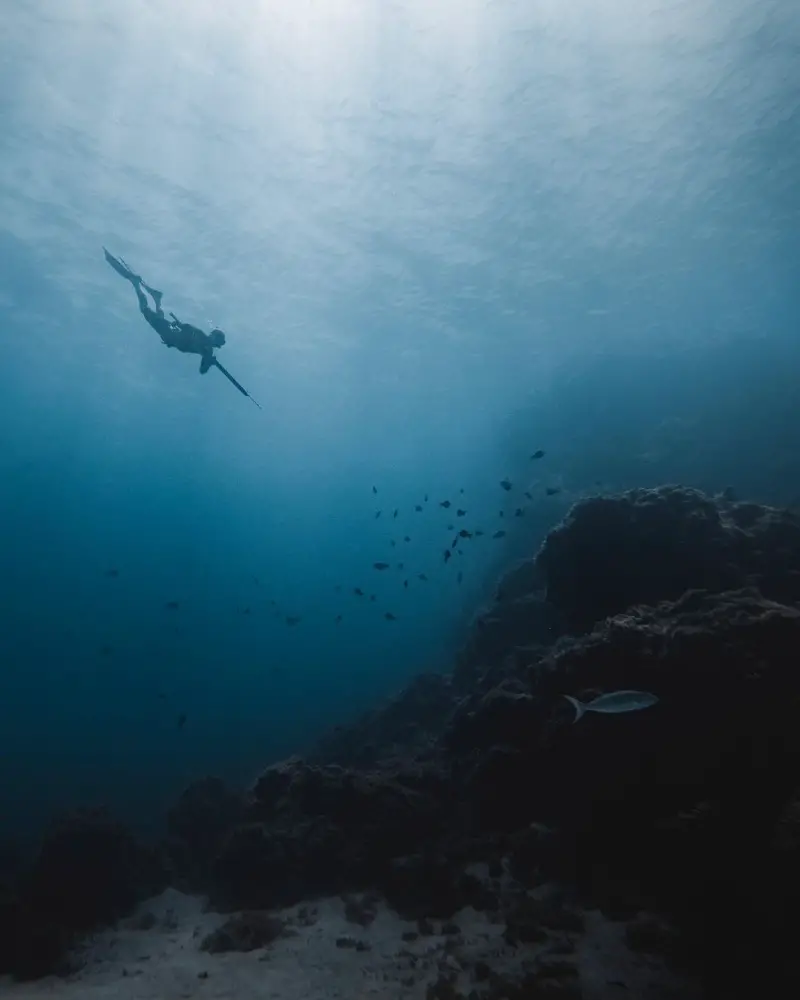
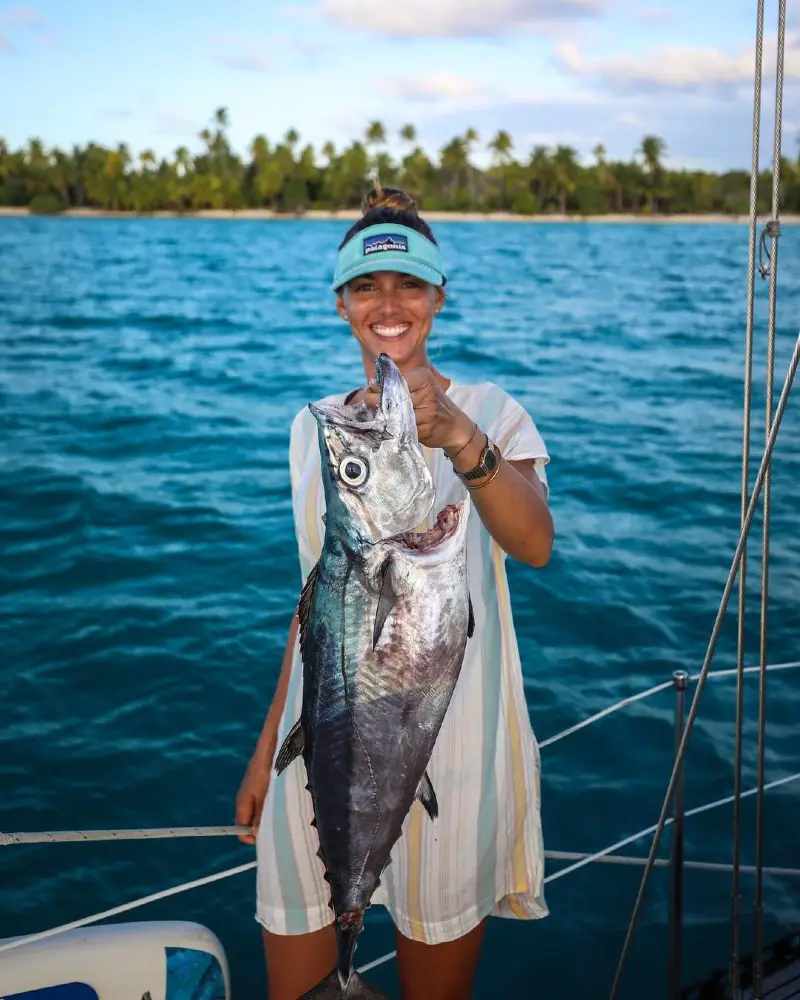
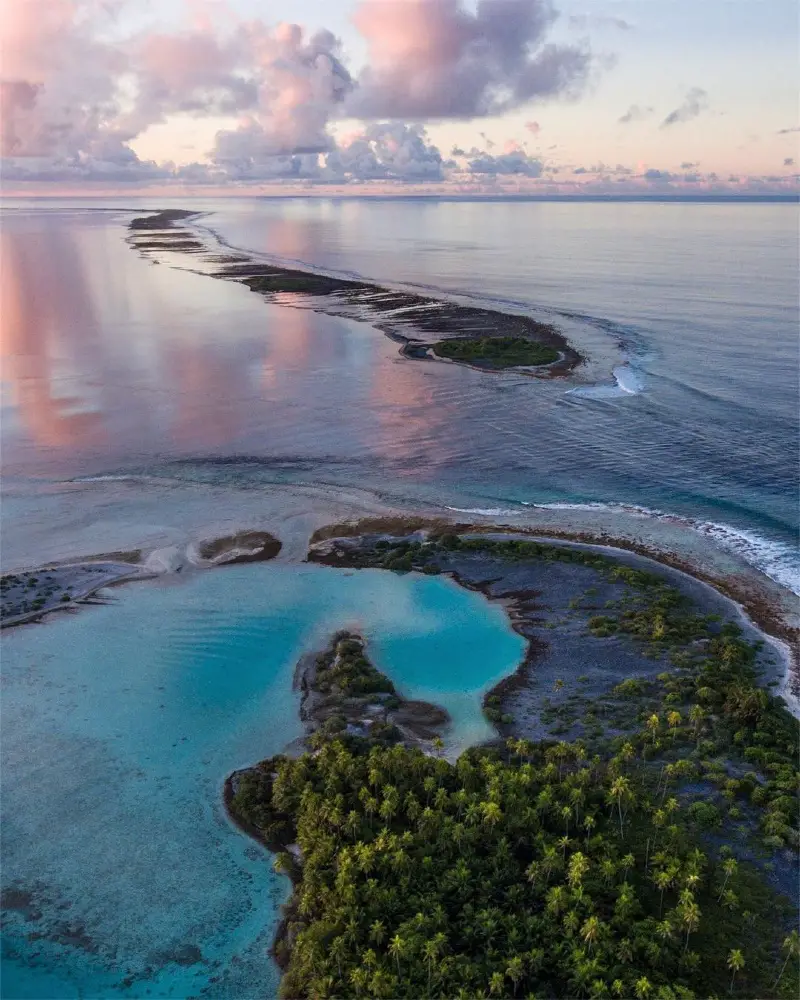
Becoming Friends & Family with the Locals
The Paumotu people or people of the Motu are some of the most welcoming and generous people we have ever met. Their traditions and culture are deeply rooted in the sea and the natural world. Life here is not about how much stuff you have or what version of the iPhone is in your pocket. If you want to impress the people here it’s done with humility and generosity both of which they have in spades.
Within minutes of meeting the locals, we find ourselves with a cup of tea or coffee in our hands talking “story” and making plans for the next day. A big smile and hearty “Ia ora na” (pronounced yo-rah-nah), hello in Tahitian is a great way to start. There are no strangers here, just friends and family.
My favorite experience of the Tuamotu Islands so far has not been a single activity but rather a friendship formed. We met two brothers from the island of Faaite while they were working copra (collecting dried coconut meat) and over the next few weeks we would work, eat and play together.
Their laughter, smiles and outlook on life were contagious. The more time we spent together, the more I fell in love with their simple yet rewarding lifestyle. Yotua and Nico are their names and the time we spent with them will always be treasured. It’s amazing how a real connection with someone when you travel can mean so much more than just a place or souvenir.
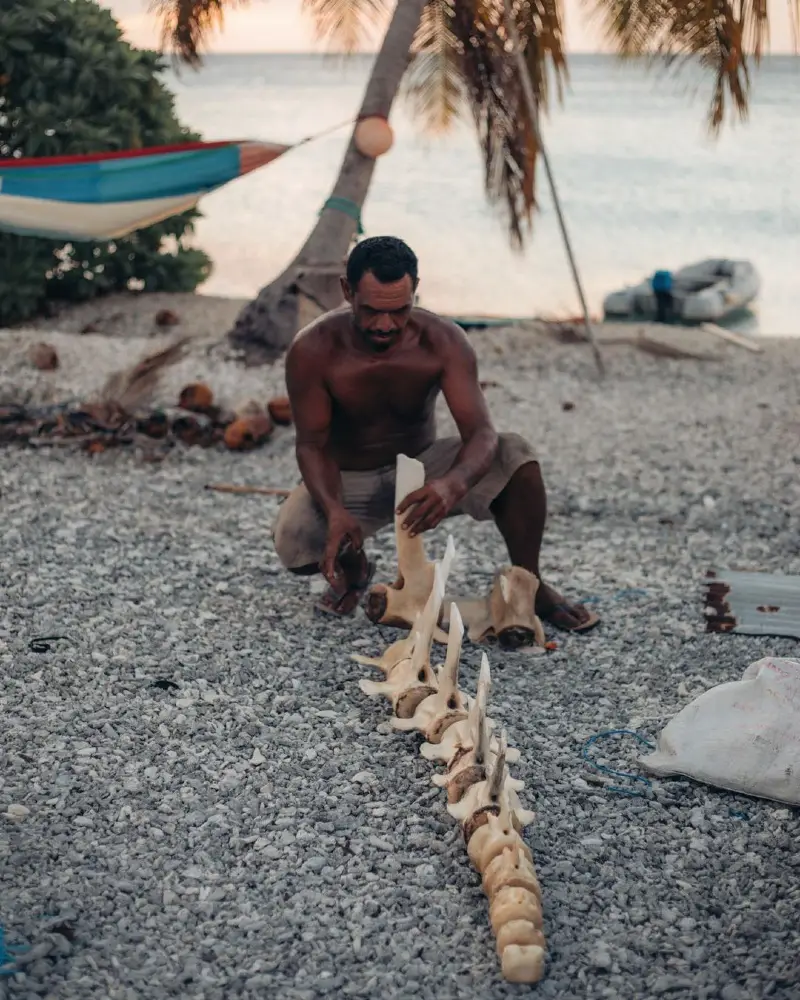
Amazing Cuisine of the Tuamotu Islands
French Polynesia has had a large French influence but also a large Asian influence in both culture and cuisine. The go-to Polynesian dish is Ota ika (Poisson cru), consisting of raw fish marinated in citrus juice and coconut milk. It’s usually made with the meat of parrotfish and is both fresh and filling. Outside influences have changed much of the food but one thing that you can count on is that the Paumotu people know how to cook fish!
Need to Know Before you Go
Make sure you pack reef-safe sunscreen, a decent hat, good sunglasses and lightweight protective clothing for your trip. The sun and its reflection off the water is extremely powerful. If you get severely burnt and start peeling on day two of your trip, it will be an unpleasant experience.
Bring your own mask, snorkel and fins from home if you have them. Ensure they fit properly and are comfortable before you come. Also, bring baby shampoo. A little squirt rubbed onto the side of your mask will help to stop fogging. Dish soap works too – just remember to rinse afterwards.
I recommend learning a little Tahitian. Yes, it’s “French” Polynesia but the locals will appreciate it so much more if you can greet them in their native tongue. Be prepared for all types of weather. The trade winds are strong here. It’s normal to have 15/20mph of wind. The tropical weather also brings the occasional squall. They don’t usually last for long but it can rain everyday during certain seasons, so maybe pack a rain shell.
While we travel with our home Agape, there are many accommodation options for visitors. Almost every atoll offers small family-run pensions and guest houses. You can also find other sailboats that offer charters or on the larger islands more modern hotels and overwater bungalows. No matter where you stay, you will fall in love with the Tuamotus!
